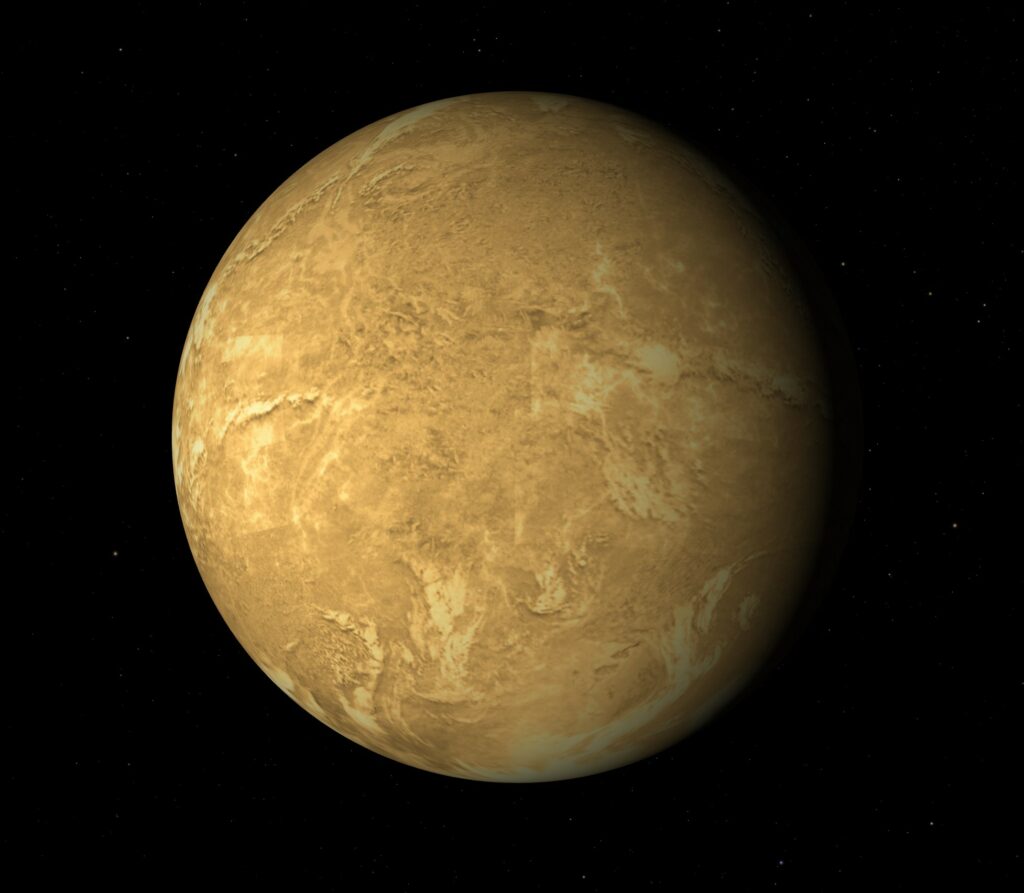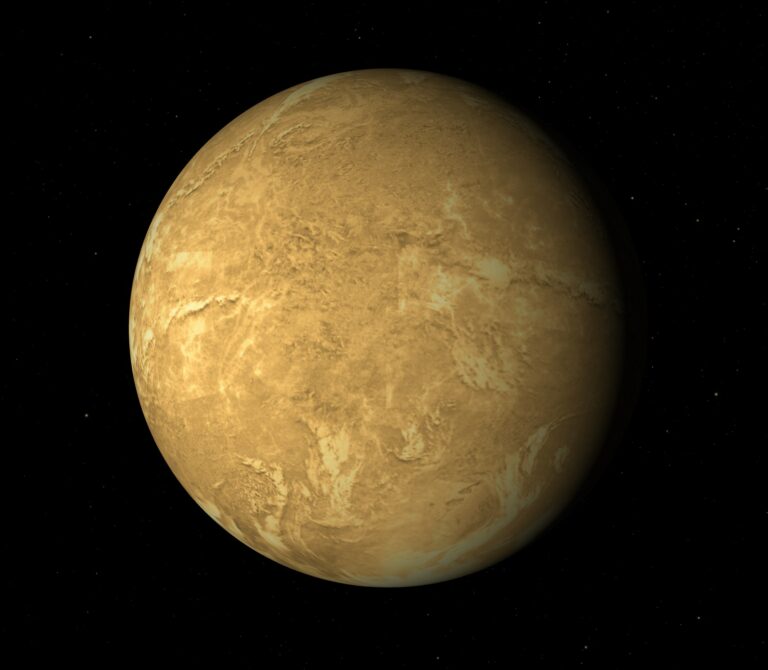NASA: Certain Exoplanets with Ice May Harbor Oceanic Habitats and Geothermal Activity
A recent NASA investigation widens the exploration for life outside our solar system by proposing that 17 exoplanets might harbor subterranean oceans of liquid water beneath icy coverings—a crucial component for supporting life. These oceans could sporadically breach the icy surface, manifesting as geysers. For the first time, the scientific team quantified the potential geyser activity on these exoplanets, pinpointing two nearby exoplanets where telescopes might detect signs of these eruptions.

Traditionally, the quest for extraterrestrial life centers on exoplanets positioned within a star’s “habitable zone,” where surface temperatures allow for the existence of liquid water. Yet, even if an exoplanet is too distant or cold, sufficient internal heating could sustain an ocean beneath an icy shell. Similar conditions exist within our solar system: moons like Europa (around Jupiter) and Enceladus (around Saturn) possess subsurface oceans due to internal heating generated by gravitational forces from their host planet and neighboring moons.

NASA/JPL-Caltech/Space Science Institute
These subsurface aquatic realms might sustain life provided they possess additional prerequisites, such as an energy source and essential elements and compounds required for biological processes. On Earth, entire ecosystems flourish in light-deprived environments at the ocean floor near hydrothermal vents, where these vents supply energy and nutrients.
Dr. Lynnae Quick from NASA’s Goddard Space Flight Center in Greenbelt, Maryland, explained, “Our evaluations suggest that these 17 worlds could potentially retain internal oceans beneath icy surfaces, sustained by heat generated from the decay of radioactive elements and tidal forces from their host stars. Due to their substantial internal heating, all planets in our analysis could potentially exhibit cryovolcanic eruptions, akin to geyser-like plumes.” Quick, lead author of the research published in the Astrophysical Journal on October 4, provided these insights.
The team examined conditions on 17 confirmed exoplanets, estimating them to be roughly Earth-sized but less dense, indicating the likelihood of substantial ice and water rather than denser rock. While the exact compositions of these planets remain uncertain, initial assessments from earlier studies indicate significantly lower surface temperatures than Earth, suggesting potential ice coverings.
Refinements in estimating surface temperatures for each exoplanet were made by recalculating using known surface brightness and properties of Europa and Enceladus as templates. Additionally, the team gauged the overall internal heating in these exoplanets by factoring in the gravitational tides generated by their orbits, coupled with expected heat from radioactive decay. These estimates allowed calculations of the ice shell thickness for each exoplanet, accounting for surface cooling and freezing alongside internal heating. Finally, comparing these figures to Europa’s geyser activity levels provided a baseline for estimating geyser activity on the exoplanets.
Predictions indicated surface temperatures colder by up to 60 degrees Fahrenheit (approximately 33 degrees Celsius) compared to previous estimations. Estimated ice shell thickness ranged from approximately 190 feet (58 meters) for Proxima Centauri b to one mile (1.6 kilometers) for LHS 1140 b and 24 miles (38.6 kilometers) for MOA 2007 BLG 192Lb, as opposed to Europa’s estimated average of 18 miles (nearly 29 kilometers). Estimated geyser activity varied from 17.6 pounds per second (around 8 kilograms/second) for Kepler 441b to 639,640 pounds/second (290,000 kilograms/second) for LHS 1140 b and 13.2 million pounds/second (six million kilograms/second) for Proxima Centauri b, compared to Europa at 4,400 pounds/second (2,000 kilograms/second).
Quick highlighted, “Given our models indicating the proximity of oceans to the surfaces of Proxima Centauri b and LHS 1140 b, and their potential geyser activity surpassing Europa’s by hundreds to thousands of times, telescopes are more likely to detect geological activity on these planets.” She presented these findings on December 12 at the American Geophysical Union meeting in San Francisco, California.
This activity might be observable when the exoplanet transits its star. Specific wavelengths of starlight might be diminished or obstructed by water vapor emanating from the geysers. “Intermittent detections of water vapor, varying over time, would indicate the occurrence of cryovolcanic eruptions,” Quick noted. The water composition could contain elements and compounds signaling its capacity to sustain life. Analyzing starlight, which elements and compounds absorb at distinct “signature” wavelengths, could help discern the geyser’s content and assess the exoplanet’s potential for habitability.
For planets like Proxima Centauri b, which do not transit their stars from our viewpoint, powerful telescopes capable of capturing light reflected by the exoplanet while orbiting its star could potentially detect geyser activity. Geysers releasing icy particles onto the exoplanet’s surface would create a highly reflective appearance.
The research received funding from NASA’s Habitable Worlds Program, the University of Washington’s Astrobiology Program, and the Virtual Planetary Laboratory, part of the NASA Nexus for Exoplanet System Science coordination group.
This article is republished from NASA under a Creative Commons license. Read the original article.
Do not forget to share your opinion with us to provide you with the best posts !




0 Comments